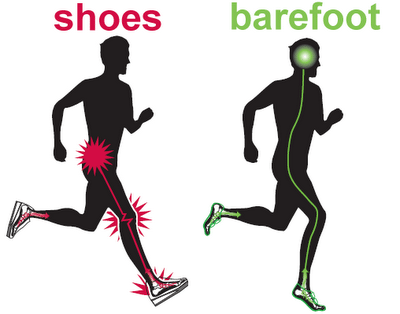Electrical grounding or “Grounding” originally began as a safety measure used to help prevent people from accidentally coming in contact with electrical hazards. Think of your refrigerator. It is a metal box standing on rubber feet with electricity running in and out of it. You use magnets to hang your child’s latest drawing on the metal exterior. The electricity running from the outlet and through the power cord to the electrical components inside the refrigerator are electrically isolated from the metal exterior or chassis of the refrigerator.
If for some reason the electricity came in contact with the chassis, the rubber feet would prevent the electricity from going anywhere and it would sit waiting for someone to walk up and touch the refrigerator. Once someone touched the refrigerator the electricity would flow from the chassis of the refrigerator and through the unlucky person possibly causing injury.
Grounding is used to protect that person. By connecting a green ground wire from the metal frame of the refrigerator, if the chassis inadvertently becomes charged for any reason, the unwanted electricity will travel through the wire back to your electrical panel, and tripping the circuit-breaker stopping the flow of electricity. Additionally, that wire must be connected to something that is in turn connected to the earth or ground outside. Typically this connection is a grounding electrode, such as a ground rod.
The process of electrically connecting to the earth itself is often called “earthing”, particularly in Europe where the term “grounding” is used to describe the above-ground wiring. The term “Grounding” is used in America to discuss both below-grade earthing and above-grade grounding.
While electrical grounding may have originally been considered only as a safety measure, with today’s advances in electronics and technology, electrical grounding has become an essential part of everyday electricity. Computers, televisions, microwave ovens, fluorescent lights and many other electrical devices, generate lots of “electrical noise” that can damage equipment and cause it to work less efficiently. Proper grounding can not only remove this unwanted “noise”, but can even make surge protection devices work better.
EARTHING IN HEALTH

Years of extensive research has shown that connecting to the Earth’s natural energy, by walking barefoot on grass, sand, dirt or rock can diminish chronic pain, fatigue and other ailments that plague so many people today. This connection is referred to as Earthing or Grounding.
To put it briefly, when your bare feet or skin comes in contact with the earth, free electrons are taken up into the body. These electrons could be referred to as nature’s biggest antioxidants and help neutralise damaging excess free radicals that can lead to inflammation and disease in the body. The Earth is a conductor or free electrons and so are all living things on the planet, including us. The body is composed of mostly of water and minerals which in combination are excellent conductors of electrons from the Earth providing there is direct skin contact or some other conductive channel for them to flow through.
The Earth’s energy upgrades one’s physiology by allowing the body to cope and repair thereby promoting wellbeing, vitality and better sleep. It also harmonizes and stabilizes the body’s basic biological rhythms, knocks down (and even knocks out) chronic inflammation and reduces and eliminates associated pain, making it the most natural and powerful anti-inflammatory and anti-aging remedy around! No matter what your age, gender, race or health status you will benefit from a daily dose of Earthing!




No comments:
Post a Comment